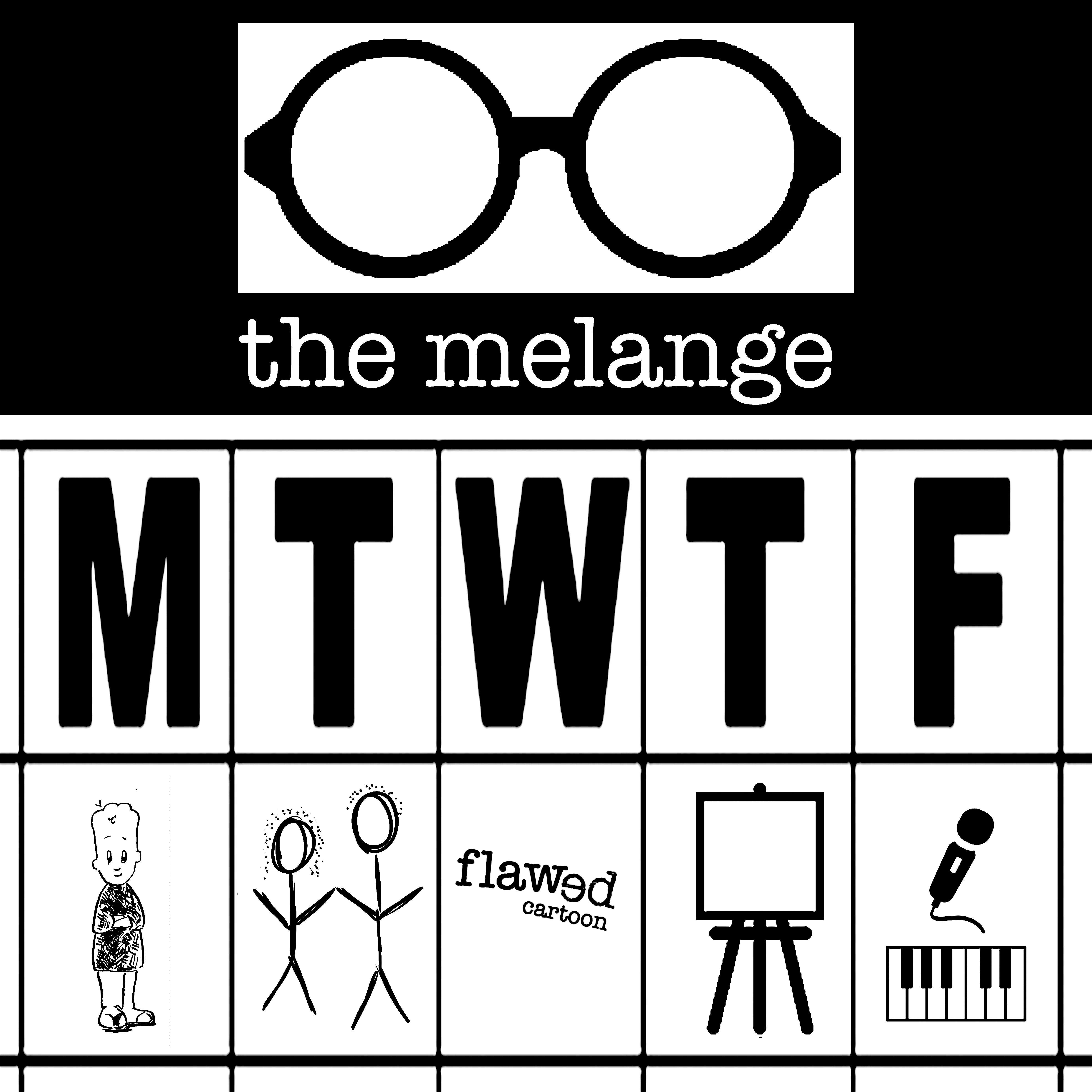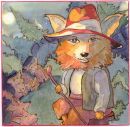440.
Join me in inspiring truly powerful people. Each day I will add a new thought, story or idea to support your quest and mine.
Some days I have to look for the theme. Some days the theme grabs me by the shoulders (I rarely wear lapels) and shakes me, shouting, “Listen up!” Today I am getting a good shaking. The theme is pace.
In response to a recent post, Judy-whom-I-revere wrote: “I wonder too, for as I re-enter this working world I am stunned (like a fish in a stream) by the pace of the world. Then I think of the sense of time in other cultures where we’re not on a conveyor belt moving forward ever faster, rather in a row boat facing the past and anchoring in what has come before, as we back into the future, getting closer to what ‘wazee kukumbuka’ — ‘the elders remember.’”
Isn’t it an amazing image? Read it as lines of poetry:
Rowing into the future,
Facing the past,
Anchoring in what has come before,
Moving every closer to “what the elders remember.”
This is circular time; story time in which we are additions to a story that reaches forward because it reaches back.
And while I was pondering Judy’s email I had a brilliant conversation with Skip about success in business and pace. He is an amazing business entrepreneur and visionary and so many of the questions of business success deal with how to get pace into the system. He described a loop outlined in John Boyd’s book, Winning In Fast Time: observe, orient, decide, act. The premise is that whoever does the loop the best (fastest) wins.
If you didn’t know the premise, the loop would also read as a simple bit of wisdom or a poem:
Observe.
Orient.
Decide.
Act.
This might read as linear time if we didn’t know that action leads to observation. It’s a loop. It might help to know that John Boyd was a fighter pilot and what he is attempting to describe is the same process that a musician learning an instrument might describe: how do I put the notes in my body in such a way that it moves beyond my thinking? He is attempting to describe presence through the lens of intentional action. The stakes are slightly higher for a fighter pilot than a cellist but the point is the same.
Neither “poem” speaks explicitly about pace. In fact, I might observe and orient to the past, deciding to anchor in what has come before, choosing my actions as movement that brings me ever closer to “what the elders remember.”
Here’s the difference that I see. Judy’s poem is embodied; it is anchored into nature, ancestry, and tradition. John’s loop is not. John’s loop has no anchor other than action. We are only there in the abstract. The point is pace. Perhaps the reality of our world is pace: action anchored, not in tradition, but in change.
It is the ultimate split intention: business (people driving business) is trying to find ways to get pace INTO the system. The people working within the system are trying to find ways to slow the pace or at least manage it. Or, at the very least, survive it. One foot on the gas; one foot on the brakes.
Filed under: Truly Powerful People |






sounds like a painting
That’s not a bad idea! Hmmmmmmm.